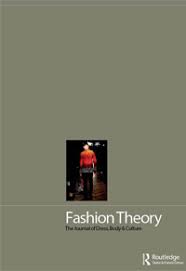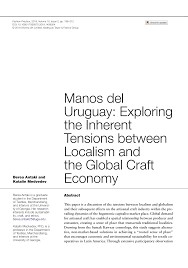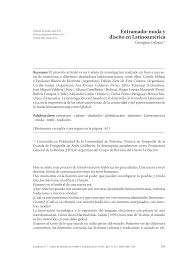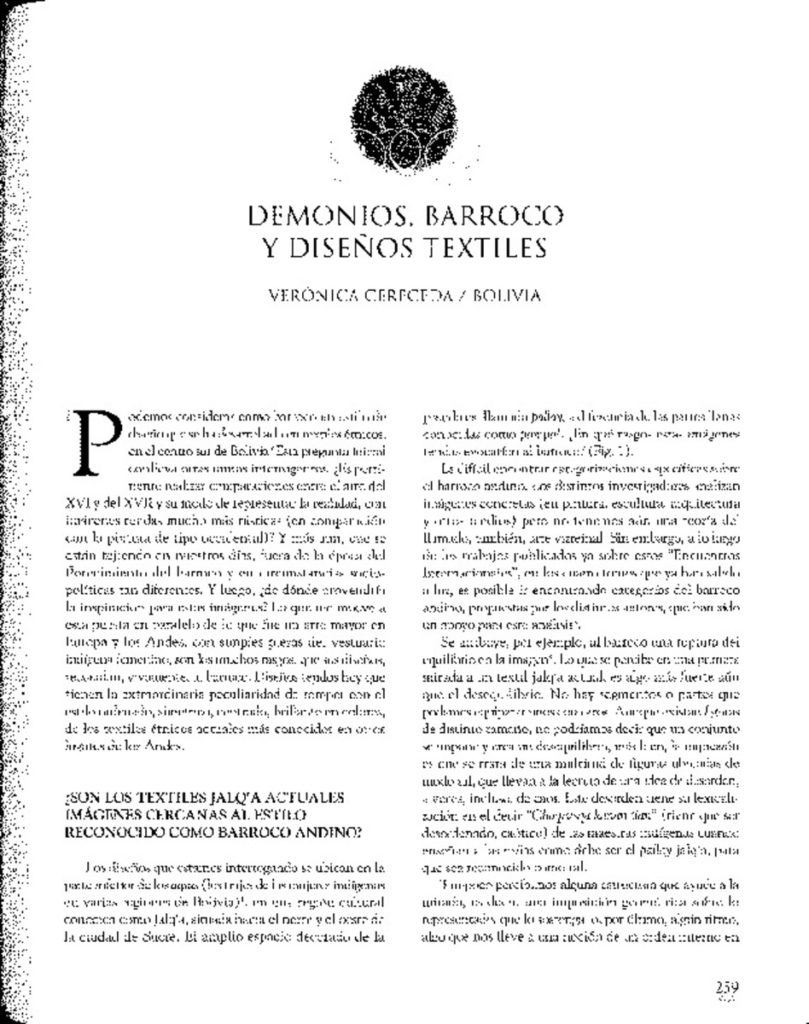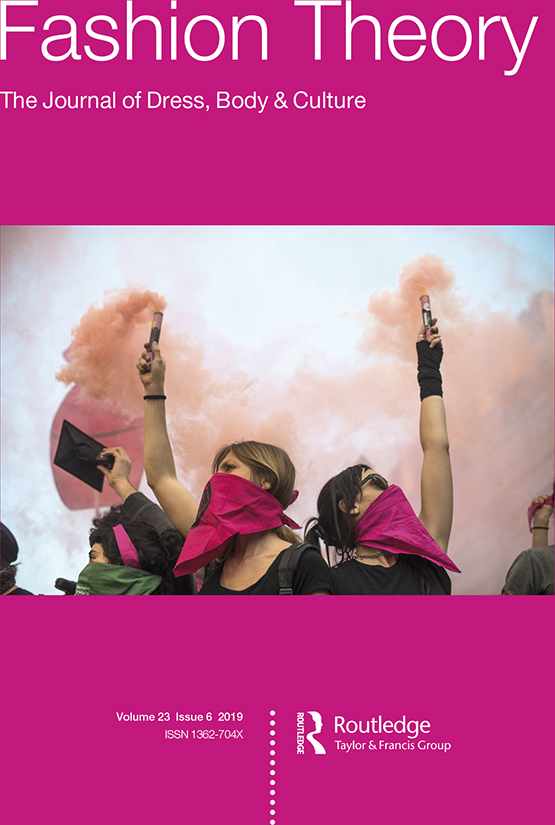
In this essay, I contextualize recent studies of cloth and culture in Africa, South America, and Oceania within changing anthropological concerns. Examining cloth as an important aspect of art, technology, and economy, I question how specific properties of objects are connected with cultural and social significance. Over the last two decades in particular, cloth—whether woven or nonwoven—has often been construed as an especially potent polyvalent symbol.
| Autora | Blenda Femenias | |
| Año | 2010 | |
| Tipo | Artículo Académico | |
| País | Perú | |
| Editorial | Reviews in Anthropology | |
| Descarga | URL | |
| DOI | 10.1080/00938157.2010.524867 | |
| APA | Femenías, B. (2010). In Cloth We Trust. Reviews in Anthropology, 39(4), 258-287. |
